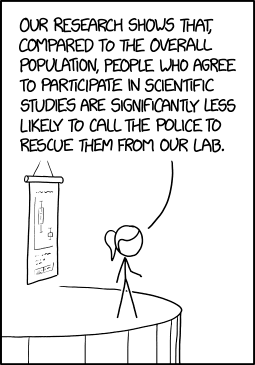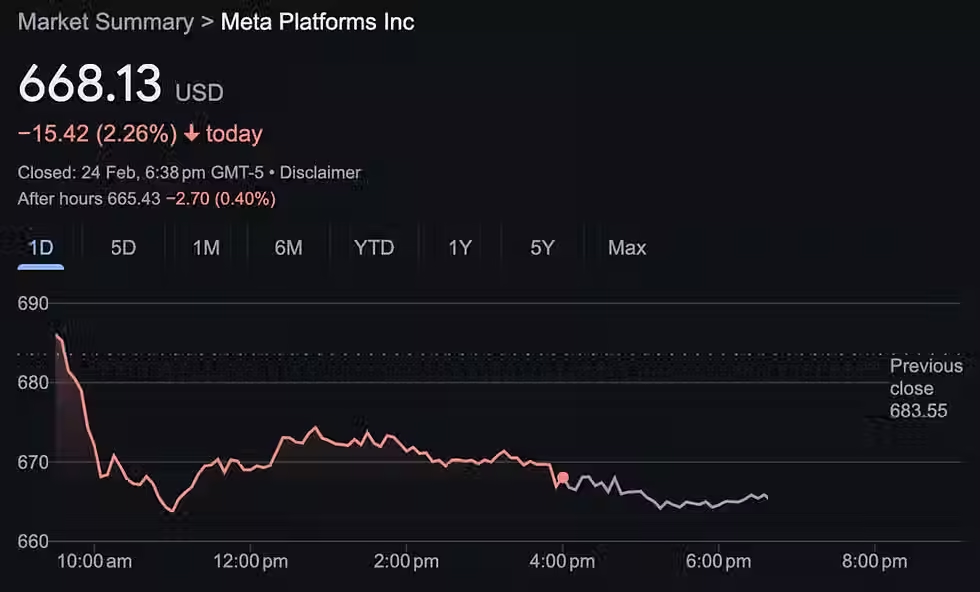When Is The Right Time To "Buy The Dip"?
- bengohtl
- Sep 16, 2022
- 3 min read
Updated: Jun 20, 2023

Whenever the market enters a correction phase, "Buy the Dip" often comes up as the investing mantra. As seen in previous market corrections, it's not so simple as just buying the dip. On the surface, buying the dip might sound like good advice. Every dip looks like a good buying opportunity, until the dip keeps dipping.
At what point do we know when it’s good enough to buy? Let's begin by exploring a 30% and 50% drawdown.
What are your annualised returns after buying during a 30% drawdown?

A 30% drawdown is normally a good sign to start deploying your capital. There’s more than a 50% chance that you’ll get more than 10% annualised returns.
What are your annualised returns after buying during a 50% drawdown?

Once the market drops by 50% or more, it almost certainly means it’s time to buy. More than 90% of the time, your annualised return would be upwards of 15%. A 50% drawdown doesn’t happen too often, which is why you should grab the opportunity when it presents itself.
What's The Catch?
As with many good things in life, some notable exceptions apply. An example is the Japanese stock market, which was still below its December 1989 highs over 30 years later at the end of 2020.
At the end of 2020, Russian stocks were down 50% and Greek stocks were down 98% from its 2008 highs.
With a few exceptions, most equity markets go up most of the time, even though there may be occasional periods of poor performance over longer time periods. Even U.S stocks had a lost decade from 2000-2010.
Are The Odds In Our Favour?
After analysing developed equity market returns across 39 countries from 1841 to 2019, researchers estimated that the probability of losing relative to inflation over a 30-year investment horizon was 12%. This means that there is roughly a 1 in 8 chance that you expect an investor in a particular equity market to see a loss of purchasing power over three decades.
There is a 7 in 8 chance that an equity market will grow its purchasing power over the long run.
“Fear has a greater grasp on human action that does the impressive weight of historical evidence.”
Conclusion
It's worth noting that this applies to the stock market as a whole, and not individual stocks. The wise thing to do is to divide your capital into 2 to 3 tranches. The first tranche could be deployed when the market falls 30%. Market means a broad-based market index like the S&P 500. Individual stocks carry company-specific risks and may not recover even when they fall.
“The time to buy is when there’s blood in the streets.”
Easier said than done. Majority of people don’t dare, do you?
Join Our BOS Community
In the Buffett Online School, we believe in learning the right investing mindset and system, so we can start cultivating emotional detachment and grow our wealth safely and substantially in the long run.
By joining the Buffett Online School community, you and your friends will have access to a wealth of educational resources, expert insights, and a vibrant network of learners. This will help you and your loved ones further enhance your investment skills and emotional stability, thereby improving your portfolio returns.
Our next 2-day BOS MBA Value Investing Online Bootcamp is happening soon! We will teach you how to use Warren Buffett's proven investing method to maximize your portfolio in a safe way.

Even if you have attended before, you will still gain additional new insights and exclusive community support specifically for this upcoming bootcamp!
And the best part is, it is FREE!
Additionally, our BOS community offers exclusive rewards and recognition for each person you invite, making your journey with us even more rewarding. You will take away resources like:
- Gone Fishing With Buffett ebook to understand Buffett’s investing insights (worth $17)
- Financial Freedom Calculator to plan out your own retirement portfolio (worth $47)
- Warren Buffett’s Portfolio Watchlist to peek into his recent trades (worth $97)
- ETF online course to learn to generate consistent 10% every year (worth $297)
Remember, you have the choice to cultivate the right investing mindset and unlock your potential to build wealth through intelligent investing. Together, we can create a network of educated investors who make informed decisions and contribute to their financial well-being! Join the BOS Community Today!
In the meantime, feel free to check out some of our blog posts to continue your learning. You can also join our BOS Telegram channel for more investing insights.




Comments